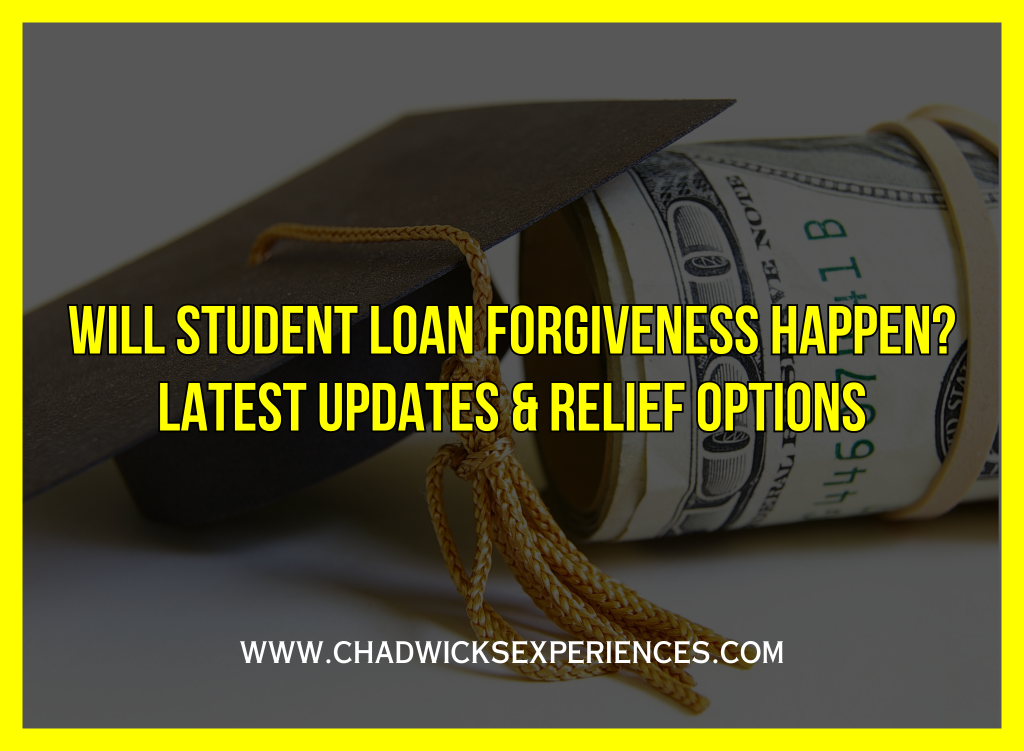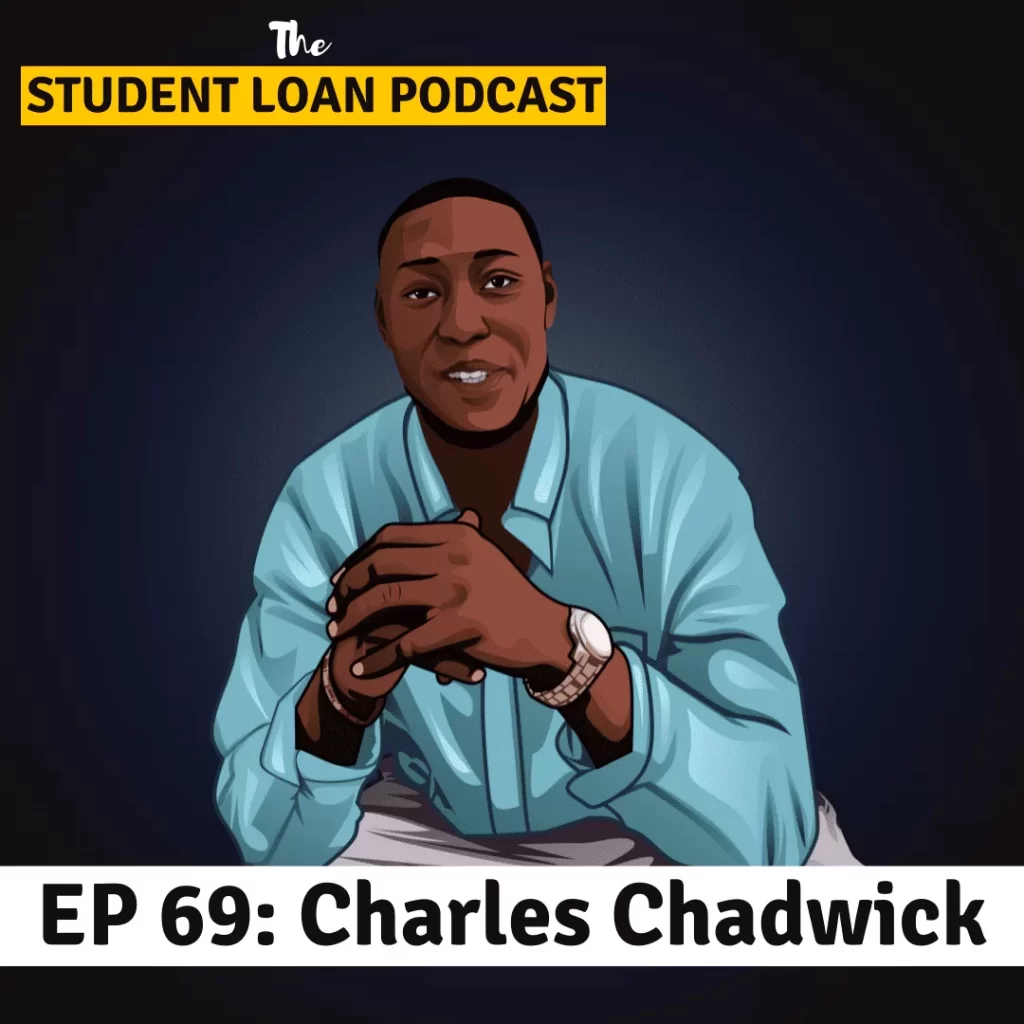The Ongoing Struggle with Student Loan Debt
Millions of Americans are struggling to pay off their student loans. This debt makes it difficult to buy a home, start a family, or pursue personal and professional goals. For many, it feels like they are trapped in a never-ending cycle of payments with no clear way out.
The debate over student loan forgiveness has been going on for years, with no definitive solution. Borrowers feel frustrated and powerless as the government continues to argue over potential relief measures. However, there is hope. Growing public pressure and ongoing discussions suggest that change may be on the horizon.
Recent Changes: Student Loan Repayment Applications Removed
A significant setback has recently occurred. The Trump administration removed key student loan repayment applications from the U.S. Department of Education’s website. As a result, millions of borrowers cannot apply for income-driven repayment (IDR) plans, which are designed to lower monthly payments and eventually lead to loan forgiveness.
The removal of these applications follows a court ruling that blocked the Biden administration’s new IDR plan, known as SAVE (Saving on a Valuable Education). This decision also impacts other IDR plans that were already assisting more than 12 million borrowers as of September 2024.
For more on student loan challenges, read Should You Consolidate High-Interest Student Loans? Pros, Cons & Tips.
When Will the Applications Be Available Again?
Experts predict that the applications will be unavailable for a few months while the Department of Education makes necessary adjustments to comply with the court’s ruling. Once these changes are implemented, the applications should be returned.
For now, borrowers still have the option to apply for loan consolidation using paper forms. However, this process may take longer than usual, causing further delays for those seeking relief.
How This Affects Borrowers
The removal of these applications creates significant challenges for borrowers:
- New borrowers cannot enroll in an IDR plan, leaving them with fewer affordable repayment options.
- Current borrowers cannot switch plans, preventing them from reducing their monthly payments.
- Those who need to renew their IDR plans must wait, increasing financial uncertainty and stress.
However, there is a silver lining. Borrowers who have recently graduated typically have a six-month grace period before their first loan payment is due. This means they won’t need to enroll in a repayment plan until late 2025, by which time the applications should be available again.
For more on managing student loan stress, check out Do Student Loans Create More Stress or Success?.
What to Do If You Can’t Afford Your Loan Payments
If you are struggling to make payments, there are alternative options to explore:
- Unemployment Deferment – If you are unemployed, you can request a deferment from your loan servicer to temporarily pause your payments.
- Economic Hardship Deferment – If you are facing financial difficulties, you may qualify for a deferment based on your current financial situation.
- Other Deferments – Special deferments are available for borrowers in the military, those in graduate fellowship programs, or individuals undergoing cancer treatment.
- Forbearance – If you do not qualify for a deferment, you can request forbearance, which allows you to pause payments for up to three years. However, keep in mind that interest typically accrues during this period.
For more tips on financial relief, visit Federal Student Aid.
The Future of Student Loan Forgiveness
Despite recent obstacles, the movement for student loan forgiveness is still active. Advocacy groups, policymakers, and borrowers continue to push for meaningful reform. While the legal battles and political debates continue, staying informed and engaged can help influence the outcome.
For the latest updates on student loan forgiveness, check out NerdWallet’s Student Loan Forgiveness Guide.
Conclusion
Student loan forgiveness remains a pressing issue that affects millions of Americans. While the temporary removal of repayment applications is frustrating, it is not permanent. In the meantime, borrowers should explore available financial relief options and stay informed about policy changes.
Click the image below to listen to Charles featured on the Student Loan Podcast!
If you are navigating student loan debt, take proactive steps to understand your options. We are here to help—check out our books, blogs, podcasts, and reviews for expert guidance.





Pretty! This has been a really wonderful post. Many thanks for providing these details.